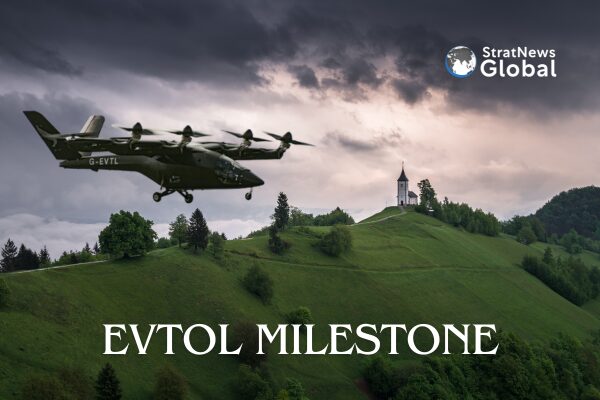Breakthrough for Vertical Aerospace in European Skies
Vertical Aerospace, a UK-based electric aviation pioneer, has successfully carried out the first piloted wingborne flight of a winged electric vertical take-off and landing (eVTOL) aircraft in open European airspace. This significant flight, conducted at Cotswold Airport in western England, marks a major advance in the path toward sustainable commercial air travel.
The aircraft, named the VX4, lifted off, cruised, and landed using its wings for lift, operating similarly to a conventional plane. The flight took place under the close supervision of the UK Civil Aviation Authority and was supported by extensive safety evaluations. More than 30,000 data points were collected in-flight, confirming the aircraft’s performance, control, and energy efficiency.
Focus Now on Vertical Takeoff Capability
Stuart Simpson, CEO of Vertical Aerospace, said the company is targeting a full transition flight by late 2025. This next phase will see the VX4 shift smoothly from vertical take-off to forward flight and back again. The VX4 is designed to perform both lift modes, combining helicopter-like take-offs with the efficiency of fixed-wing flight.
Simpson highlighted the strict regulatory environment in Europe. Unlike testing environments in the US, where aircraft can be flown in remote areas, European rules demand collaboration with regulators and comprehensive safety oversight. He stated, “This is the first time in European airspace this has happened… Within six months we’ll be taking off vertically and doing the same flight.”
UK Government Support and Global Market Potential
Vertical Aerospace’s progress is backed by the UK government’s Aerospace Technology Institute, which supports innovation in sustainable aviation. The VX4 is expected to be certified for commercial passenger use by 2028. Pre-orders have already been placed by global carriers, including American Airlines.
Simpson expressed confidence in the company’s leadership in the field. “Fifty years ago, this was fantasy—flying cars,” he said. “We’ve got the technical capability, a world-leading battery, and the best aircraft for passenger and luggage capacity. So we are brilliantly placed to succeed in this space.”
with inputs from Reuters


